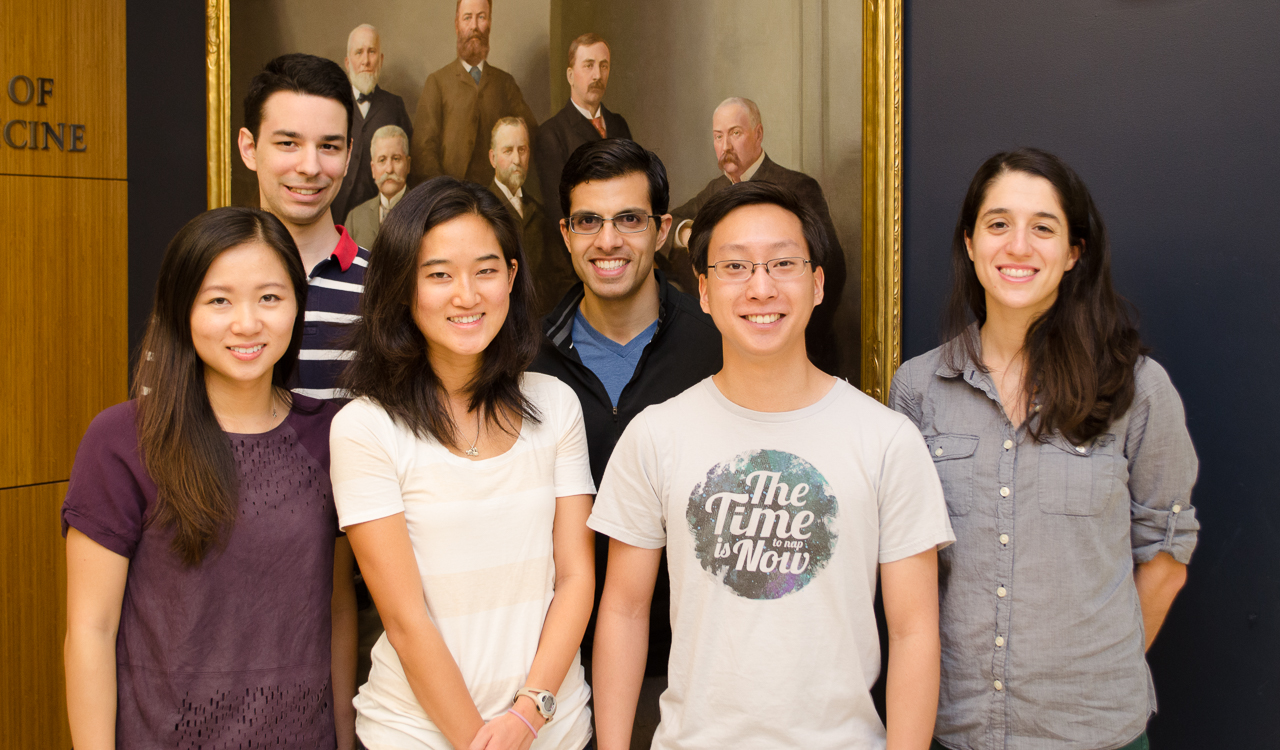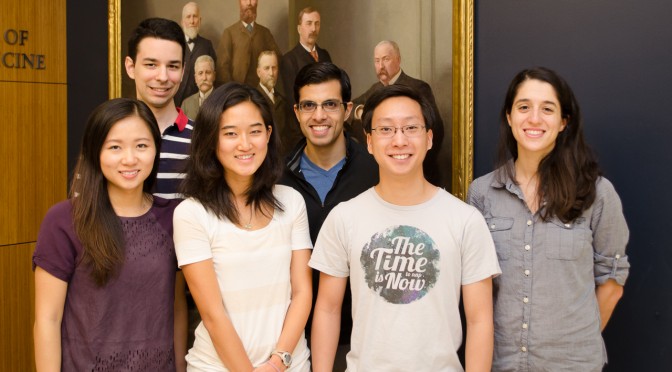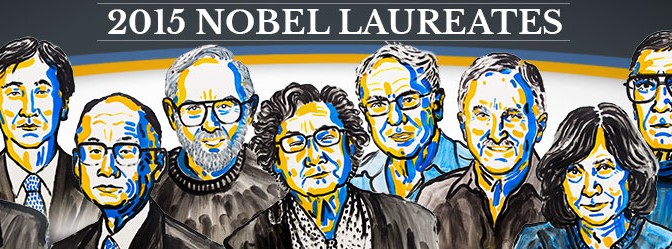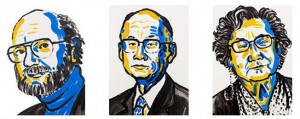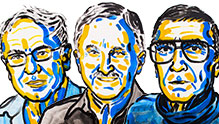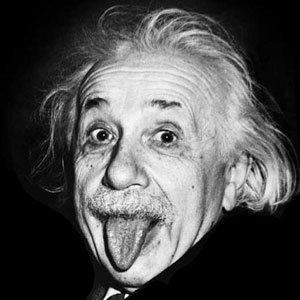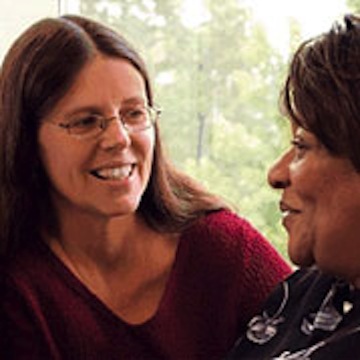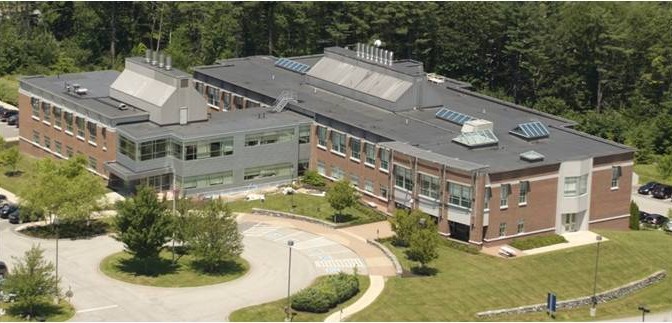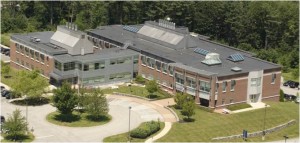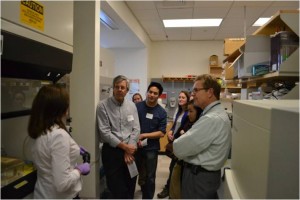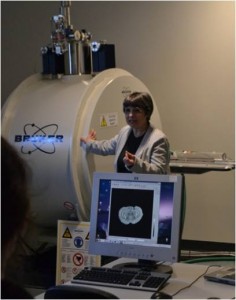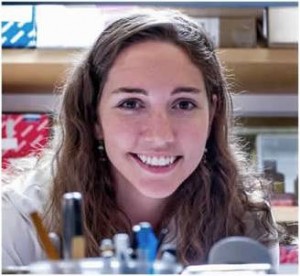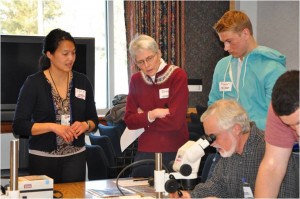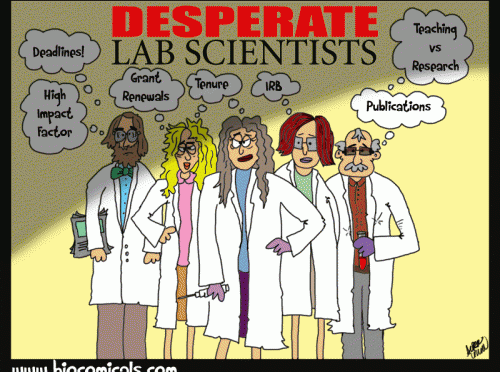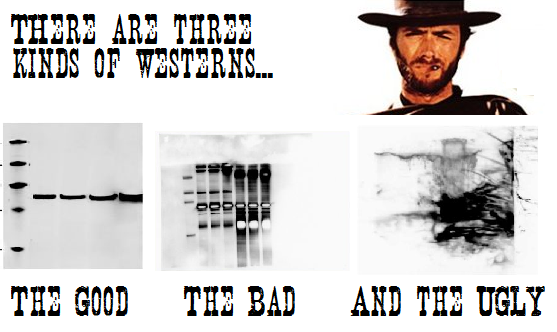The Charlton Lectureship, named in honor of Mr. Earle P. Charlton, has been held annually since 1975. This celebrated lectureship has evolved over the years to include a student poster competition. Held in conjunction with the lectureship, the poster competition is a platform to recognize outstanding research work being done by Tufts graduate, medical, dental, and veterinary students. The Charlton Poster Competition and Lecture are sponsored and hosted by the Academic Research Awards Committee of the Tufts University School of Medicine.
This year’s lecture was held on October 27, 2015, in the Sackler DeBlois Auditorium. The 2015-16 Charlton Lecturer was delivered by Virginia M.-Y. Lee, PhD. Dr. Lee obtained her PhD in Biochemistry from the University of California in San Francisco (1973) and an MBA at the Wharton School of Business (1984).

Dr. Lee is the John H. Ware 3rd Chair for Alzheimer’s Research, and directs the center for Neurodegenerative Disease Research at the University of Pennsylvania’s Perelman School of Medicine. Dr. Lee’s work was instrumental in demonstrating that tau, α-synuclein, and TDP-43 proteins form unique brain aggregates with a central role in numerous neurodegenerative diseases, including Alzheimer’s, Parkinson’s, and amyotrophic lateral sclerosis.
The poster competition was held on October 26, 2015 with finalists competing again the following morning. Students with similar levels of training are evaluated with their peers:
Sackler Senior Category: Sackler biomedical PhD students in years 4 and above, MD/PhD students in Sackler years 4 and above, and Sackler CTS PhD students
1ST PLACE – Kevin Goncalves, CMP
Angiogenin promotes hematopoietic regeneration by dichotomously regulating quiescence and expansion of stem and progenitor cells
2ND PLACE – Jennifer Shih, NRSC
Partial genetic deletion of the astrocytic glutamate transporter GLAST disrupts organization of the cerebral cortex and causes network hyperexcitability
3RD PLACE – Brian Lin, CMDB
Neuronally committed progenitors can dedifferentiate, become multipotent, and generate nonneuronal cell lineages following injury
Sackler Junior Category: Sackler PhD students in years 1-3, MD/PhD students in Sackler years 1-3, and Sackler MS students
1ST PLACE – Joseph Sarhan, IMM
Basal levels of Interferon β Regulates Necroptosis in Macrophages
2ND PLACE – Danish Saleh, NRSC
Kinase activities of RIPK1 and RIPK3 are required for GNB-induced IFN-I synthesis
3RD PLACE – Payel Ghatak, GENE
Digital ELISA Based Ultrasensitive Strategy to Detect microRNAs at Subfemtomolar Concentration.
Professional Category: All Medical, Dental, and Veterinary Medicine students and MD/PhD students in TUSM years 1 and 2.
1ST PLACE – Mary Tam, Medical
The HBP1 Gene: A Pre-clinical Model for Genetic and De novo epilepsies
2ND PLACE – Seda Babroudi, Medical
A Novel Compound, Membrane-Tethered E2, Selectively Activates the ER Rapid Signaling Pathway – Implications for Vascular Benefit
3RD PLACE- Marianna Papageorge, Medical
Cyst Aspiration of Endometriomas Prior to In-Vitro Fertilization
Congratulations to all participants, finalists, and award winners.
